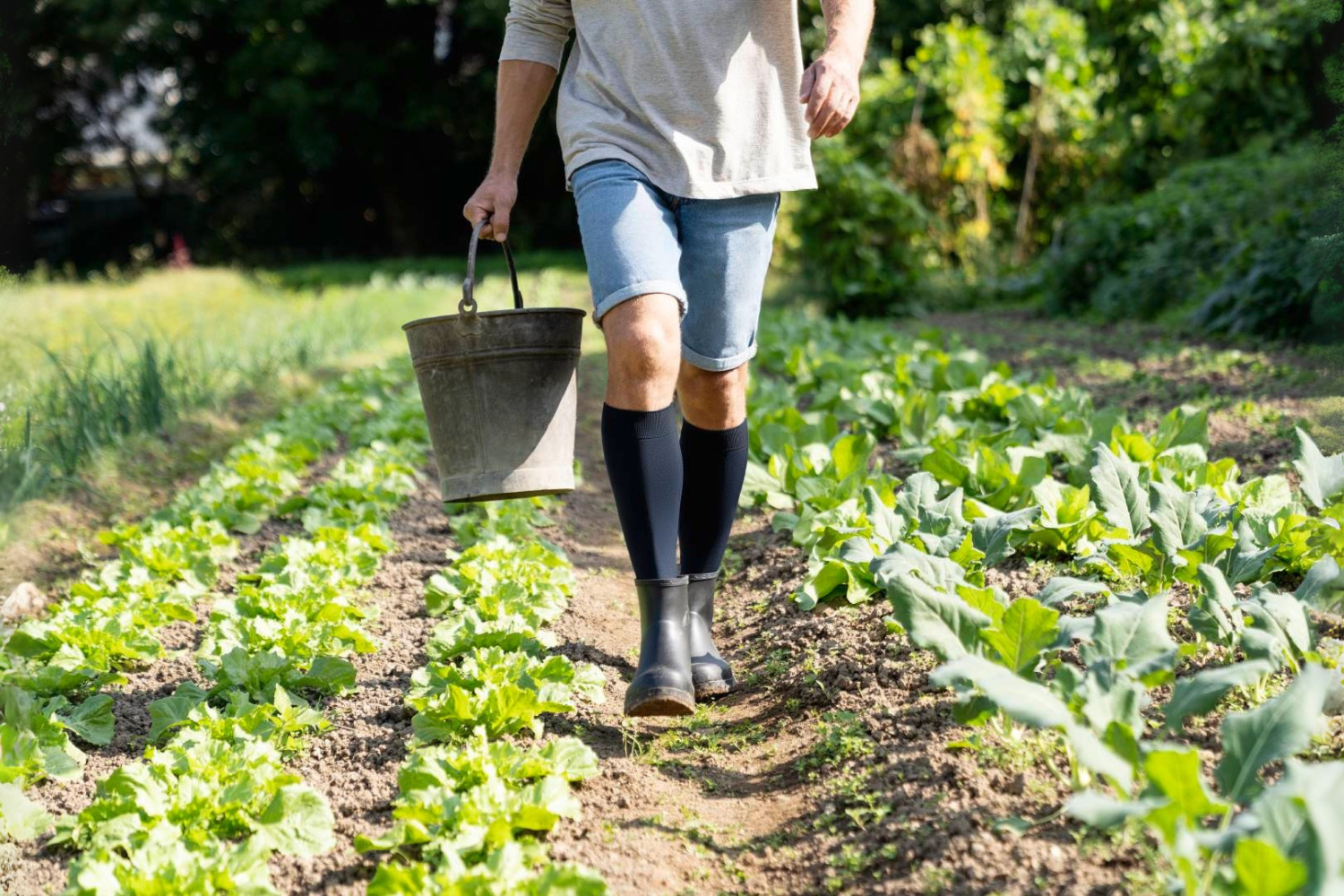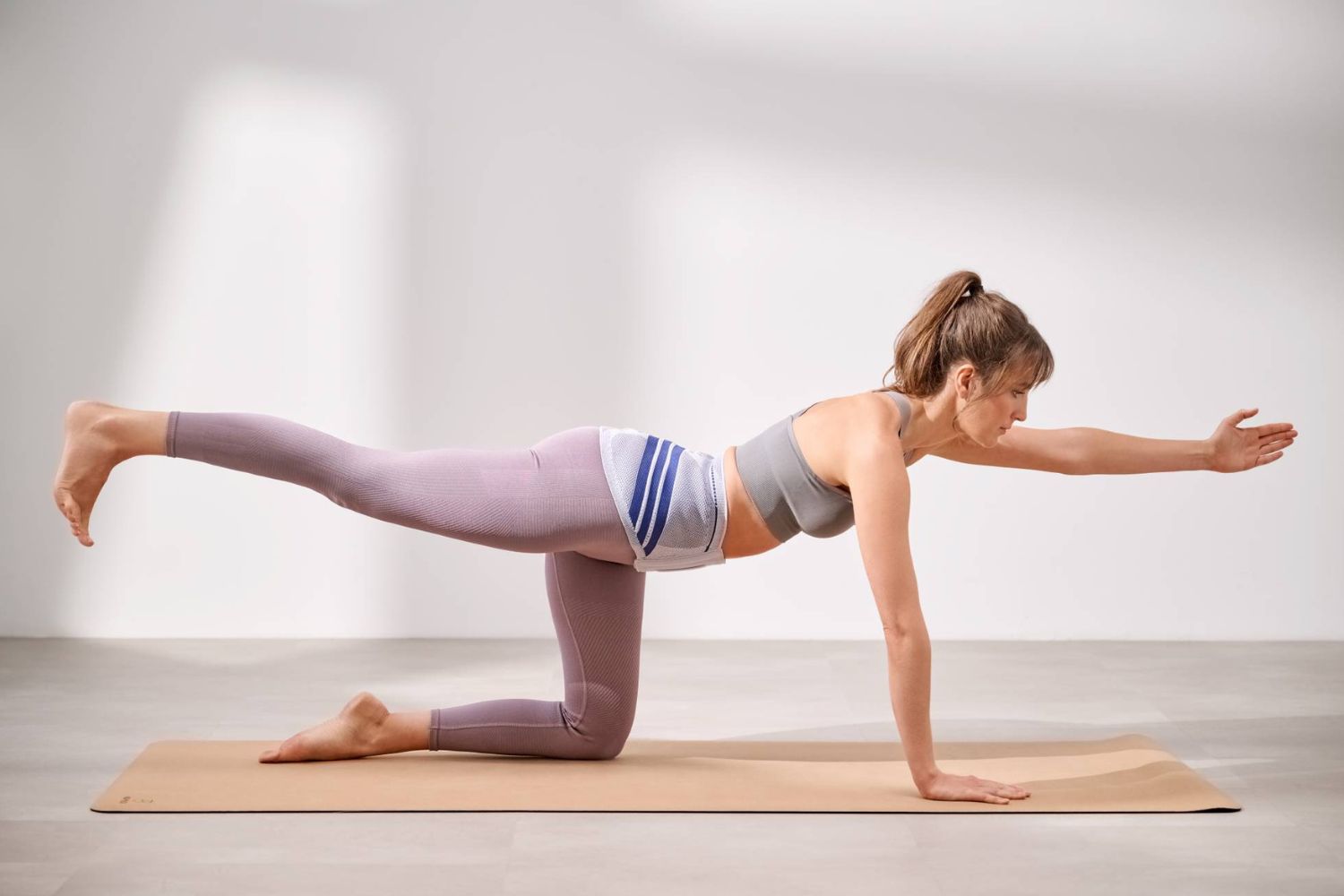Shopping for compression socks? With so many choices available, it can be difficult to pick the best pair for you. Fortunately, we’ve created a handy guide that covers fit, compression classes, lengths, and more to help you.
Fit
Unlike regular socks, compression garments have to fit just right. Too tight, and they’ll restrict blood flow; too loose, and they won’t do their job. Most manufacturers have sizing guides to help you select the best fit. We take it a step further with our BodyTronic measuring system, which will take a 3D scan of your legs and pick the perfect stocking size for you.
Class
Medical compression comes in 4 classes, determined by millimetres of mercury (mmHg).
- Mild or class 1 stockings (18 – 21 mmHg) are best for supporting healthy vein function. You can wear them when travelling or sitting for long hours at the office. This class is also recommended for people with diabetes and those who’ve just undergone varicose vein treatment.
- Moderate (Class 2 - 23 – 32 mmHg) stockings are best for managing certain cardiovascular conditions. These include varicose veins, hypotension, deep vein thrombosis, post-thrombolitic syndrome, and healed venous ulcers. They’re also sometimes prescribed for mild oedema.
- Strong compression stockings (Class 3, 34 – 46 mmHg) are used for moderate oedema and lymphoedema. These stockings typically can’t be purchased over-the-counter, requiring a prescription.
- Very strong (Class 4 > 49 mmHg) stockings are used for the most severe forms of the above conditions.
Material
VenoTrain Micro Compression Socks
It’s essential to get stockings with good material quality. Not only will they last longer, but they’re also less likely to cause skin irritation and excess fluid buildup.
Compression socks are made of either synthetic materials or a blend of synthetic and natural fibres. We combine polyamide and elastane, which we wind twice to create a soft and durable yarn. Our stockings are knitted via machine to ensure maximum precision, comfort, and breathability.
Style
Compression garments also come in many styles and designs, including calf sleeves, knee-length socks, thigh-high stockings, and waist-high pantyhose. All of these also have toeless varieties.
- Calf sleeves are best for sports. They don’t cover the foot but stimulate the calf muscle to boost venous return during physical activity.
- Toeless socks are a good idea if you like wearing flip-flops or have a condition affecting the toes, like ingrown nails.
- Knee-length socks are usually enough for vein disorders and prevention. They stimulate the calf muscle, the key to venous return from the legs.
- Depending on your doctor's advice, you will likely need a thigh-high garment or pantyhose for lymphedema and oedema.
To sum up
There are a ton of compression socks to choose from, so picking the right ones for you can get overwhelming. If you’re getting stockings for medical reasons, we’d advise consulting with your clinician to see the class and length you need. Otherwise, just make sure your stockings are quality-made, fit right, and feel comfortable.

















